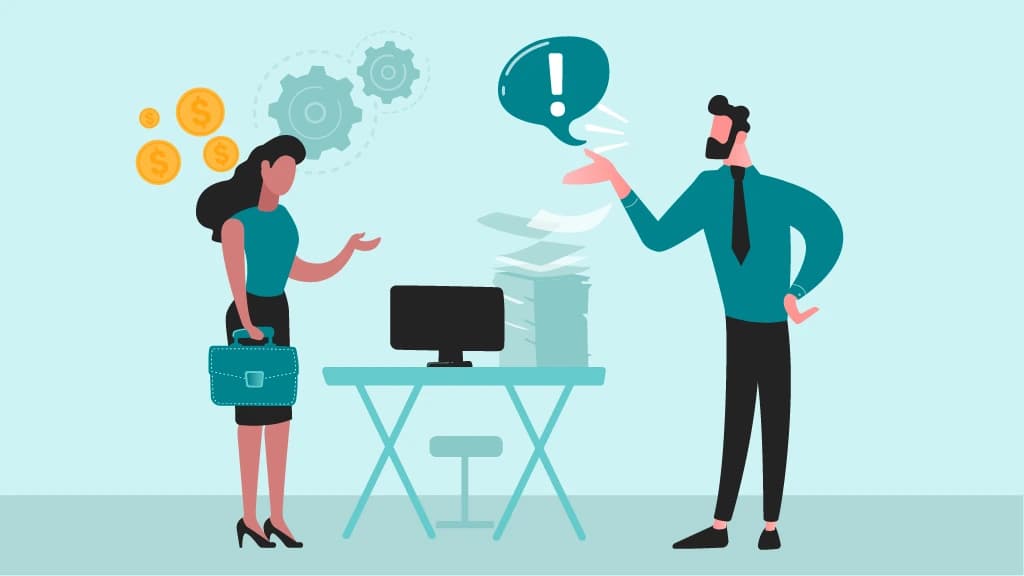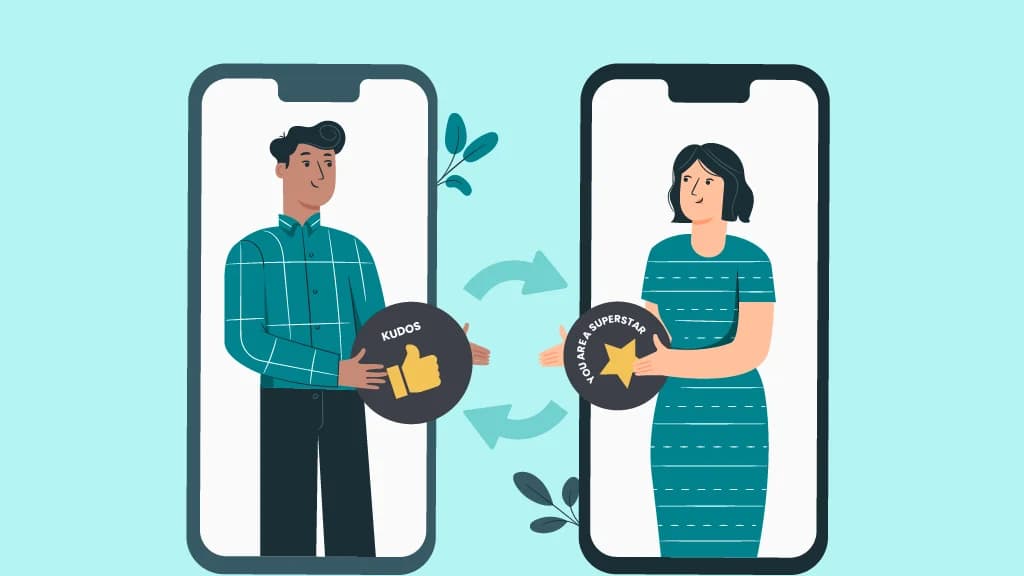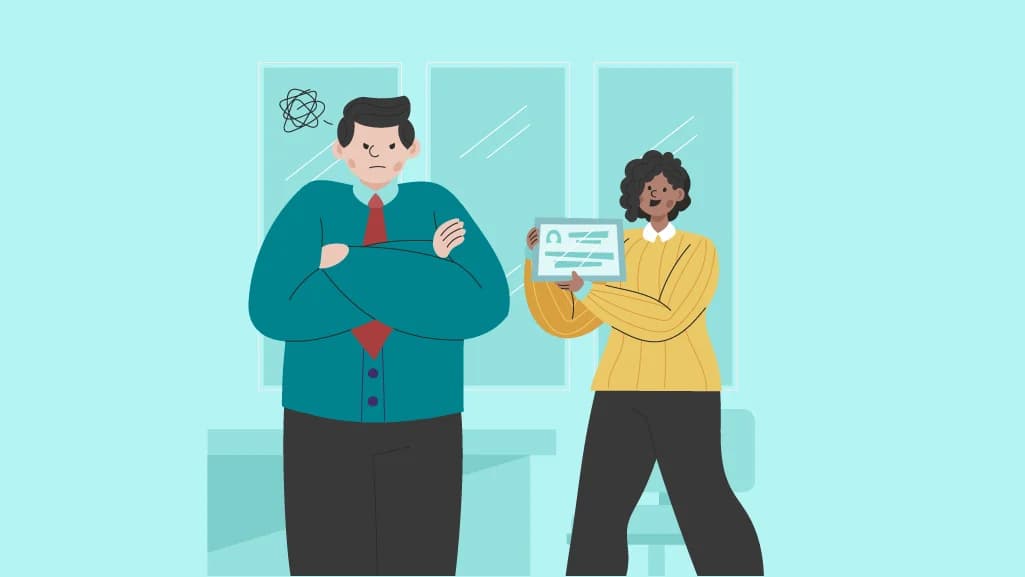10 Ways Recognition Keeps Psychosocial Hazards Out of the Workplace

Team AdvantageClub.ai
June 30, 2025

Workplace well-being isn’t just about ergonomic chairs or first-aid kits anymore. These days, leaders are expected to look out for something less visible but just as critical—psychological safety. We’re talking about those everyday stressors that creep in quietly: exclusion from team decisions, constant pressure to “do more,” or never feeling noticed or appreciated. These are what experts call psychosocial hazards in the workplace, and if left unchecked, they can seriously wear down morale and mental health.
Of course, mental health support, flexible work policies, and clear boundaries matter. But there’s another tool: recognition. Not the occasional “nice work” tossed into a meeting, but real, meaningful, ongoing appreciation that lets people know they matter. When done right, recognition is a simple but powerful way to prevent emotional strain before it spirals. Let’s unpack how to prevent psychosocial hazards in the workplace and how AI-powered employee recognition tools can actively help..
What Are Psychosocial Hazards at Work?
When we think about safety at work, we usually picture physical risks—wet floors, heavy machinery, and poor lighting. But some of the most damaging hazards aren’t visible at all. They show up in how people feel, how they’re treated, and how supported they feel every day. These are psychosocial hazards at the workplace that affect an employee’s mental and emotional well-being. And if left unaddressed, these invisible stressors can chip away at even your most engaged employees, diminishing focus, motivation, and long-term well-being.
Common psychosocial hazards include:
- Chronic work overload or unrealistic deadlines
- Lack of recognition or meaningful feedback
- Unclear job roles or inconsistent expectations
- Hostile or toxic work environments
- Bias, discrimination, or favoritism
- Micromanagement or lack of autonomy
- Poor leadership communication
- Isolation or exclusion (especially in remote teams)
10 Ways Recognition Helps Eliminate Psychosocial Hazards at Work
1. Prevents Feelings of Neglect and Isolation
Recognition Idea:
AI quietly keeps tabs on who’s being recognized—and who might be slipping through the cracks—then gives you a gentle nudge.
Example:
“Hey, Alex hasn’t received any shout-outs in a while. Want to recognize their great work on the CRM migration last week?”
Positive Influence:
When people feel acknowledged and appreciated, it’s easier to stay connected. Regular recognition helps prevent that lonely, invisible feeling that often leads to disengagement.
2. Fosters a Culture of Respect and Inclusion
Recognition Idea:
Smart systems prompt shout-outs for qualities like empathy, collaboration, and support, not just performance metrics.
Example:
“Sofia helped onboard two new hires this week. Would you like to send her a ‘Culture Champion’ badge for creating such a warm welcome?”
Positive Influence:
When we celebrate how people treat each other—not just what they deliver—we build a more respectful, inclusive team culture where everyone belongs.
3. Reduces Bias and Promotes Fairness
Recognition Idea:
The platform can spot patterns—like certain teams or groups being recognized less—and flag them for review.
Example:
“Employees in the APAC region have received 30% fewer recognitions lately. How about starting a peer challenge to help balance things out?”
Positive Influence:
When appreciation is shared equitably, people feel valued and respected, regardless of their position or title.
4. Minimizes Stress from Generic or Misaligned Praise
Recognition Idea:
Based on personality preferences, the system suggests how employees like to be recognized—loud and proud, or low-key and personal.
Example:
“Maya prefers quieter recognition. Want to send her a private thank-you with a digital coffee for her help with that presentation?”
Positive Influence:
When recognition feels personal and sincere, it builds trust instead of awkwardness and avoids the stress that comes with feeling misunderstood.
5. Enables Early Detection of Emotional Distress
Recognition Idea:
AI can pick up shifts in tone or frequency of recognitions and flag when something feels “off.”
Example:
“David’s recent messages have had less positivity. Might be a good moment to check in or send a note of support.”
Positive Influence:
A subtle heads-up can lead to early support, before a bad day turns into burnout or something bigger.
6. Recognizes Effort During High-Stress Periods
Recognition Idea:
If someone consistently works late, the system gently reminds them to acknowledge their extra effort with some well-earned appreciation.
Example:
“Keiko’s worked late five days in a row. Want to recognize her dedication with a ‘Resilience Award’ and a wellness day credit?”
Positive Influence:
When people know their extra effort is appreciated—not taken for granted—they’re more likely to stay engaged without burning out.
7. Encourages Emotionally Intelligent Leadership
Recognition Idea:
Manager dashboards highlight recognition habits—who’s being acknowledged, how often, and why—to encourage more inclusive leadership.
Example:
“You’ve mostly recognized direct reports lately. Don’t forget support teams—Ella and Omar were key to the last rollout.”
Positive Influence:
Leaders who recognize broadly and fairly help create an organizational culture of trust and avoid favoritism or micromanagement.
8. Validates Self-Care and Wellness-Oriented Behaviors
Recognition Idea:
Wellness wins get celebrated too, because mental health matters just as much as metrics.
Example:
“Ahmed completed a 14-day wellness challenge. Send a ‘Self-Care Champion’ badge and a wellness app voucher?”
Positive Influence:
When you emphasise self—care, you encourage everyone to do so, reducing long-term emotional wear and tear.
9. Strengthens Emotional Connection in Distributed Teams
Recognition Idea:
Templates and prompts make it easy to send timely appreciation, even if your team spans cities or continents.
Example:
“Busy sprint this week. Want to thank your remote team? Suggested message: ‘Thanks for keeping the momentum strong across time zones!’”
Positive Influence:
Remote teammates feel appreciated and included, which reduces feelings of isolation and keeps them emotionally connected to the team.
10. Sustains Team Morale with Ongoing Recognition Loops
Recognition Idea:
Automated traditions like Friday shout-outs or monthly milestone celebrations make recognition a regular rhythm.
Example:
“It’s Friday! Let’s wrap up the week with shout-outs. Who supported you most this week? Send a note and earn double kudos!”
Positive Influence:
Consistent recognition isn’t just nice—it’s key to building positive employee relations. It keeps morale high, especially when workloads get heavy or stress levels rise.
Recognize to Protect, Not Just Praise
Psychosocial hazards at the workplace don’t always come with obvious signs. They creep in quietly, through unspoken stress, overlooked efforts, and that sinking feeling of not being seen. But here’s the thing: when recognition is done right—when it’s thoughtful, fair, and personalized—it becomes more than just a morale booster. It becomes a powerful layer of protection.
Tools like AdvantageClub.ai help make this kind of support scalable and real. Instead of relying on sporadic shoutouts or one-size-fits-all praise, you can build a system that sees your people clearly and lifts them consistently. That’s how you shift from “recognizing performance” to recognizing people—and all the invisible weight they carry.
In today’s workplace, protecting mental health isn’t optional—it’s the backbone of a thriving culture. And recognition? It’s one of the simplest, most effective ways to lead with care.





